Beatles News
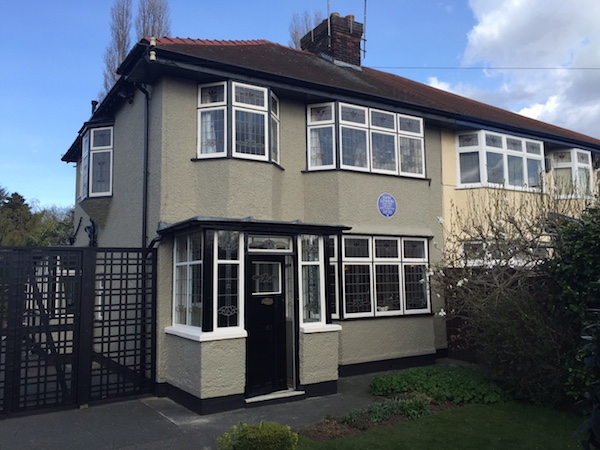 Liverpool is known all over the world as the birthplace of The Beatles. (And #scousebrow. Look it up.) Obviously, a large portion of the city's visitors are there to see what The Beatles saw in their formative days.
Liverpool is known all over the world as the birthplace of The Beatles. (And #scousebrow. Look it up.) Obviously, a large portion of the city's visitors are there to see what The Beatles saw in their formative days.
And there's a lot left to see, although most of it has been prettied up, such as the Albert Docks, which houses a Beatles visitor center, and The Cavern Club, where the band played in its early years. (The Cavern Club actually had to close down in the 1980s, but it was rebuilt using a lot of the original bricks.)
Of course, Beatles-themed tours are plentiful, ranging from the Magical Mystery Tour (a two-hour sightseeing bus tour) to the The Beatles Fab Four Taxi Tour (a private taxi tour.) But only one tour can get you inside the childhood homes of John Lennon and Paul McCartney.
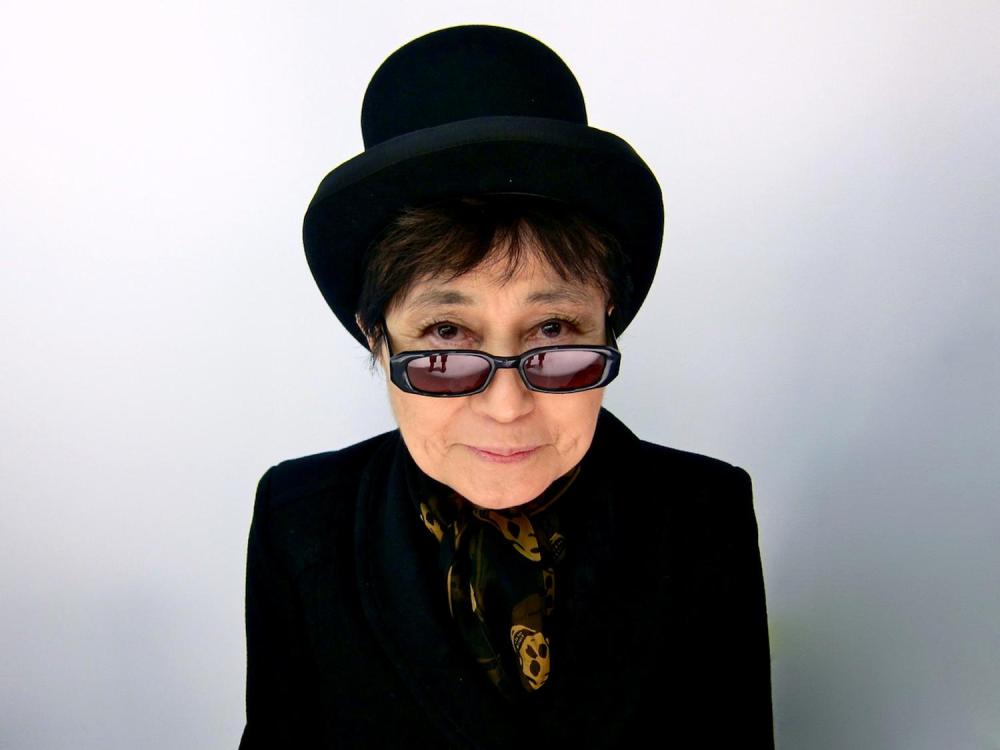 It may seem like you know a lot about Yoko Ono. The artist, who has been prolific and active in the art world since the 1960s, was showing her conceptual work at a gallery in London in 1966 when she met John Lennon (see How Eight Art World Power Couples Met and Fell In Love). She released her first solo album in 1970 entitled Yoko Ono/Plastic Ono Band. And die-hard Beatles fans blame her for the immensely popular band's break-up. This year, the artist will have a survey at MoMA, "Yoko Ono: One Woman Show, 1960-1971," which will offer a look back at the early years, gathering roughly 125 performances, films, works on paper, installations, and archival materials. In anticipation of the show, we've uncovered some things about Ono that may change the way you see her.
It may seem like you know a lot about Yoko Ono. The artist, who has been prolific and active in the art world since the 1960s, was showing her conceptual work at a gallery in London in 1966 when she met John Lennon (see How Eight Art World Power Couples Met and Fell In Love). She released her first solo album in 1970 entitled Yoko Ono/Plastic Ono Band. And die-hard Beatles fans blame her for the immensely popular band's break-up. This year, the artist will have a survey at MoMA, "Yoko Ono: One Woman Show, 1960-1971," which will offer a look back at the early years, gathering roughly 125 performances, films, works on paper, installations, and archival materials. In anticipation of the show, we've uncovered some things about Ono that may change the way you see her.
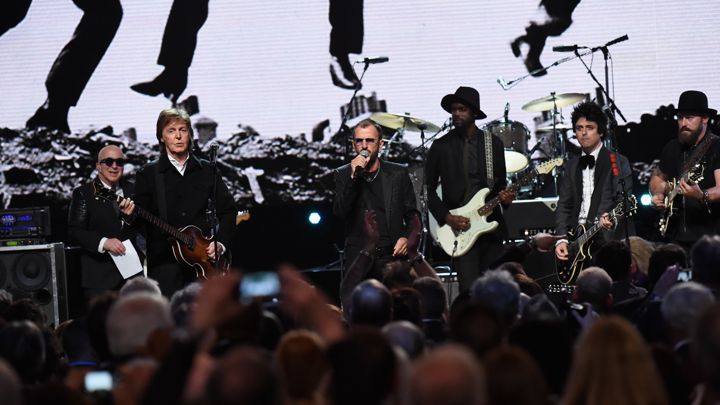 Lou Reed, Joan Jett and Bill Withers also receive special inductions
Lou Reed, Joan Jett and Bill Withers also receive special inductions
"It's like my record collection is actually sitting in this room," Green Day's Billie Joe Armstrong said midway through his acceptance speech at the 30th annual Rock and Roll Hall of Fame induction ceremony. "The fact that I heard Patti Smith's Horses as a kid, and now there you are standing there."
Armstrong paused for a split second to take in the moment, looking out across the rows of tables that included Paul McCartney, Ringo Starr, Joan Jett, Stevie Wonder, Peter Wolf, Steve Van Zandt, Bill Withers, Jerry Lee Lewis and many other of his favorite artists. "I love rock & roll music," he said. "I have from the first moment I opened my eyes and took my first breath."
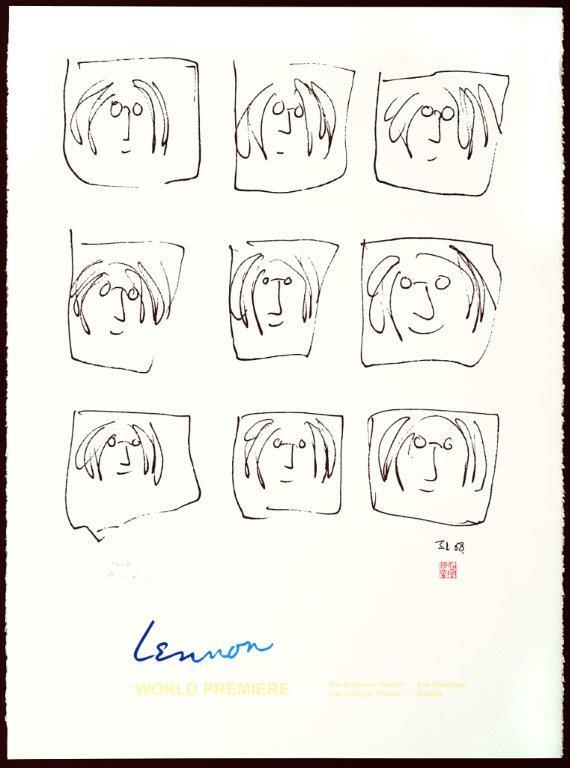 "He had a habit of just giving his art away to people," Yoko Ono softly explained, in a phone interview with The Huffington Post. "He was pretty generous about that."
"He had a habit of just giving his art away to people," Yoko Ono softly explained, in a phone interview with The Huffington Post. "He was pretty generous about that."
Yes, that humble "he" refers to John Lennon, the legendary singer, songwriter, musician and artist who inspired the world to imagine peace. As such, it's not a huge shock that he enjoyed giving away his drawings. "We had a big lawyers meeting and the whole time they were talking he was just scribbling something," Ono said. "The lawyers would come to John and say, 'What are you doing?' And he was making this beautiful, beautiful artwork. And the lawyer said, 'Well, can I have it?' And he said, 'Sure, sure.' That's just how John was."
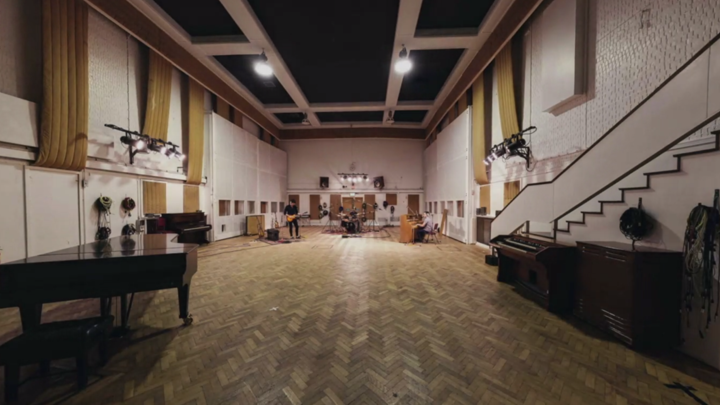 Abbey Road Studios is among the most famous recording studios in music history, and while music fans are no doubt familiar with the albums that came out of Abbey Road – the Beatles catalog, Dark Side of the Moon, The Bends, among many others – not many have actually seen the inside of the storied London studio itself. That is, until now.
Abbey Road Studios is among the most famous recording studios in music history, and while music fans are no doubt familiar with the albums that came out of Abbey Road – the Beatles catalog, Dark Side of the Moon, The Bends, among many others – not many have actually seen the inside of the storied London studio itself. That is, until now.
For Inside Abbey Road, Google has teamed with the studio to present an in-depth, multimedia guided tour through the famed studios by combining the search engine's Google Maps technology with YouTube videos, interactive exhibits and more.
 Ringo Starr refuses to write an autobiography because publishers are only interested in his career with The Beatles.
Ringo Starr refuses to write an autobiography because publishers are only interested in his career with The Beatles.
The 74-year-old drummer has been approached to tell his story in a book on numerous occasions but has always refused because he doesn't want to pen a tome that primarily focuses on his time with The Fab Four and discounts his life and work after the band split in 1970.
Instead, Ringo prefers to tell tales of his life and share memories with his fans in his songs, starting with 2008 LP 'Liverpool 8'.
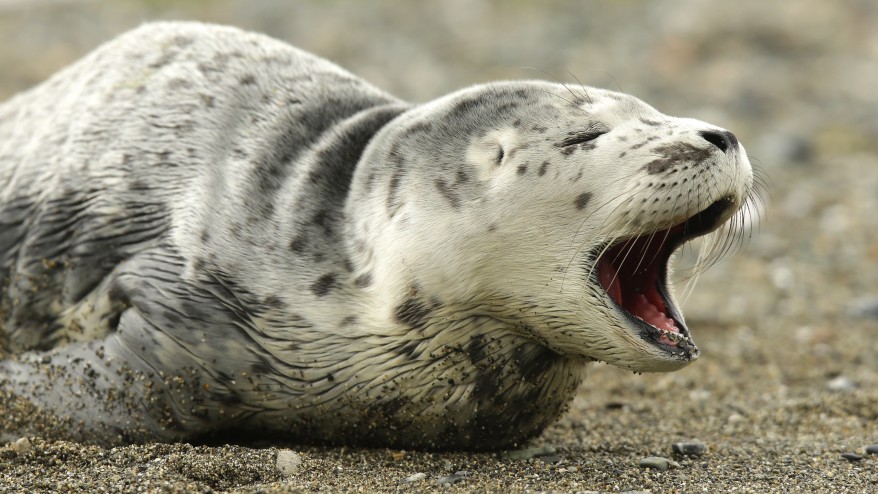 Sir Paul McCartney has issued an impassioned appeal for an end to the senseless slaughter of baby harp seals taking place off Canada's east coast. The Canadian government has authorized the killing of up to 468,000 harp, hooded and grey seals. The seals-almost all just a few weeks of age-are shot, clubbed and skinned for their fur despite dwindling global demand for seal products. Humane Society International is the only organization on the scene to bear witness to the 2015 commercial seal hunt.
Sir Paul McCartney has issued an impassioned appeal for an end to the senseless slaughter of baby harp seals taking place off Canada's east coast. The Canadian government has authorized the killing of up to 468,000 harp, hooded and grey seals. The seals-almost all just a few weeks of age-are shot, clubbed and skinned for their fur despite dwindling global demand for seal products. Humane Society International is the only organization on the scene to bear witness to the 2015 commercial seal hunt.
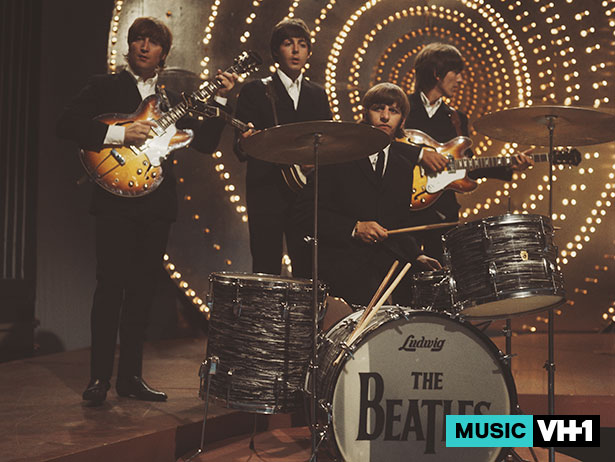 It’s difficult to find an area of music that the Beatles didn’t influence, but their contribution to the progression of heavy metal is often overlooked. Perhaps best remembered for their psychedelic art-rock and flawless pop singles, the Fab Four could certainly let their hair down and fire off some headbangers, inspiring metal architects like Ozzy Osbourne and Gene Simmons. Plus their pioneering work with distortion, feedback, unorthodox lyrical topics, and death metal roars helped provide the building blocks of the genre.
It’s difficult to find an area of music that the Beatles didn’t influence, but their contribution to the progression of heavy metal is often overlooked. Perhaps best remembered for their psychedelic art-rock and flawless pop singles, the Fab Four could certainly let their hair down and fire off some headbangers, inspiring metal architects like Ozzy Osbourne and Gene Simmons. Plus their pioneering work with distortion, feedback, unorthodox lyrical topics, and death metal roars helped provide the building blocks of the genre.
So without further ado, in chronological order, here are nine Beatles songs that clearly helped pave the road to heavy metal.
 Were you upset by the breakup of the Beatles back in the day? So was Ringo Starr.
Were you upset by the breakup of the Beatles back in the day? So was Ringo Starr.
The Fab Four drummer told the Times of London that he often spent the 1970s and '80s in a boozy haze.
“I was drunk,” he said. "Some of those years are absolutely gone.”
Starr, 74, explained to the paper that the group's split affected him for a long time. “I was mad,” he said. “For 20 years. I had breaks in between of not being.”
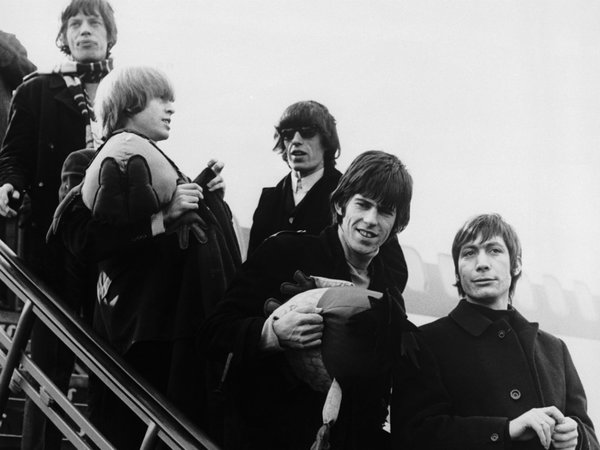 Here in the media-saturated 2010s, we get to relive the events of the momentous 1960s in an inexorable year-by-year march.
Here in the media-saturated 2010s, we get to relive the events of the momentous 1960s in an inexorable year-by-year march.
Last year, the Beatles re-invaded America. Next year, 50th-anniversary journalism will see to it that the miniskirt and Star Trek are born again. In 2017, we'll be tripping on a Summer of Love rehash.
This year, there's a lot on our plate - 1965 was a turning point in American history. As depicted in Ava DuVernay's Selma, it was the year the Rev. Dr. Martin Luther King Jr.'s civil rights march to Montgomery, Ala., spurred Lyndon Johnson's signing of the Voting Rights Act into law.

